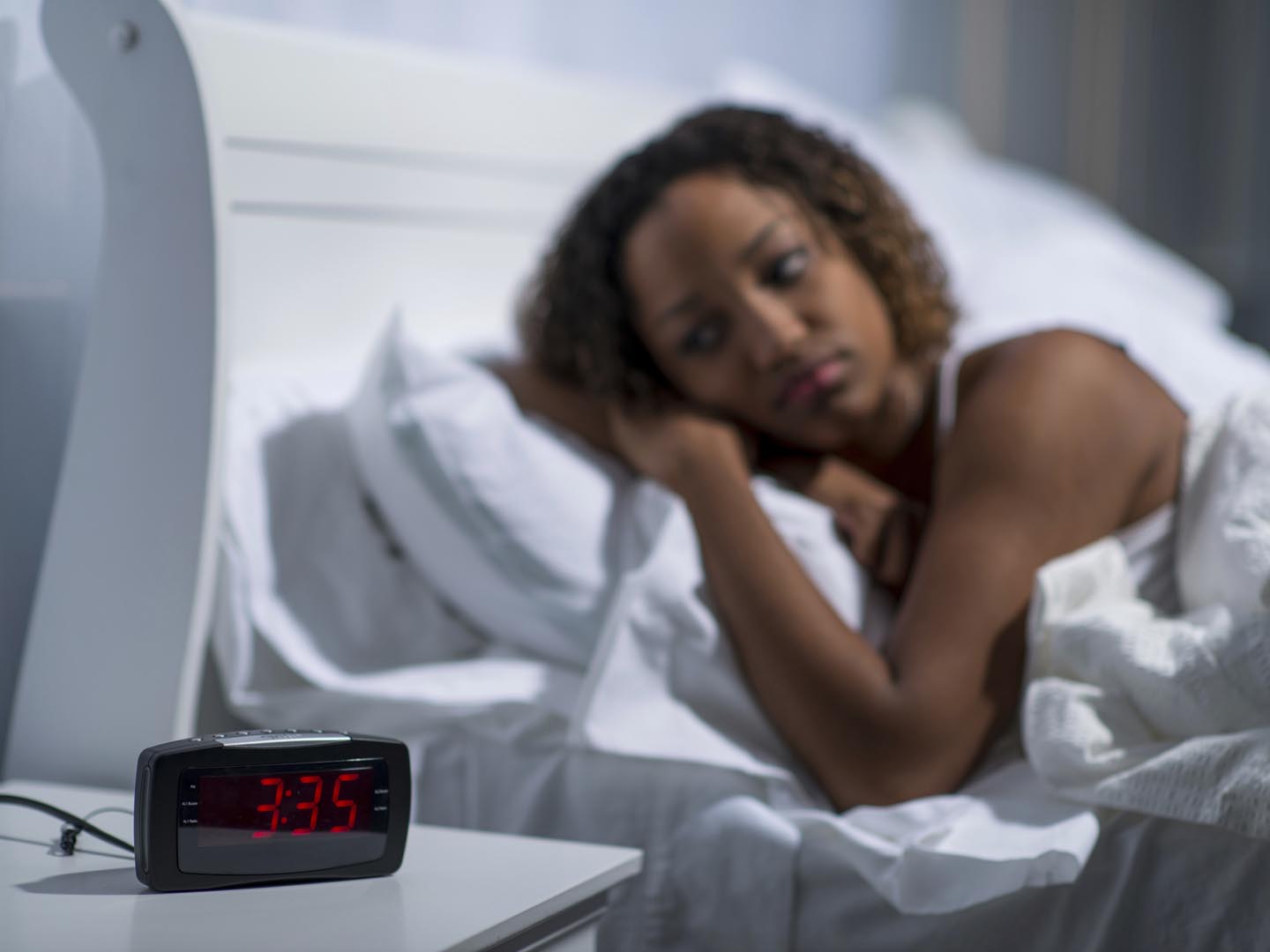Do Pillows Cause Wrinkles?
I read that you shouldn’t sleep on your side or face because the creases the pillow leaves on your face can lead to wrinkles and sleep creases. Is this true?
Andrew Weil, M.D. | September 12, 2017

A few studies have demonstrated that sleep creases or facial wrinkles can develop as a result of sleeping with your face on your pillow. The first of these, published in 1987, characterized the resulting wrinkles as “sleep creases” and concluded that the position in which you sleep can cause diagonal lines to form on the cheeks and lower face as well as vertical lines on the forehead. The author, California dermatologist Samuel J. Stegman, M.D., described sleep wrinkles as different from wrinkles due to sun damage, smoking, frowning and other facial expressions. Later researchers observed that these wrinkles occur when there is “repetitive, long-term tension” on facial skin that pushes or pulls the skin in a direction that is perpendicular to the direction of the muscles of the face.
The dermatologic consensus seems to be that unlike other wrinkles, no cosmetic treatment can eliminate the wrinkles that develop from the way you sleep. For that reason, the best solution seems to be prevention – training yourself to sleep on your back, something that’s easier said than done. You can start out sleeping on your back, but reportedly adults change their sleeping positions about 20 times per night. About 65 percent of adults sleep on their sides.
You also could try one of the many pillows marketed specifically to prevent sleep wrinkles. Some are designed to help you sleep on your back while others aim to reduce facial contact with the pillow. It’s said that you’re less likely to develop sleep wrinkles if you switch from a cotton pillowcase to a silk one, but I can’t vouch for that or for the effectiveness of pillows designed to prevent wrinkles.
The unavoidable fact is that skin becomes less elastic with age as production of natural oils diminishes, as does the fat in deeper layers of skin. As a result, skin tends to sag, become looser and lined. You may be able to head off or slow some of these changes by protecting your skin from the sun – be sure to wear sunscreen daily. Smoking and exposure to air pollution also play roles in wrinkling, as do your habitual facial expressions, which over the years cause grooves to form under the skin. Then there is genetics, which may account for up to 50 percent of skin aging.
And finally, your diet is a factor as well. According to the American Academy of Dermatology (AAD), diets high in vitamin C and linoleic acid (found in nuts and vegetable oils) and low in fat and carbohydrates are associated with fewer wrinkles, less skin thinning and reduced age-related dryness.
Andrew Weil, M.D.
Sources:
Goesel Anson et al, “Sleep Wrinkles: Facial Aging and Facial Distortion During Sleep.” Aesthetic Surgery Journal, June 21, 2016, doi.org/10.1093/asj/sjw074
Brett S. Kotlus. “Effect of sleep position on perceived facial aging. ”Dermatological Surgery, September 2013, doi: 10.1111dsu.12266
Samuel J. Stegman, “Sleep Creases.” American Journal of Cosmetic Surgery, 1987











